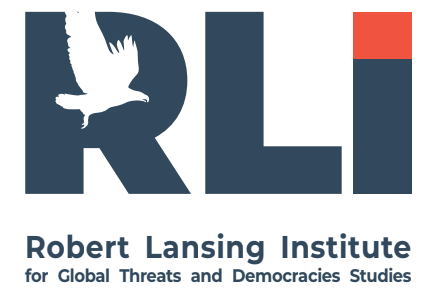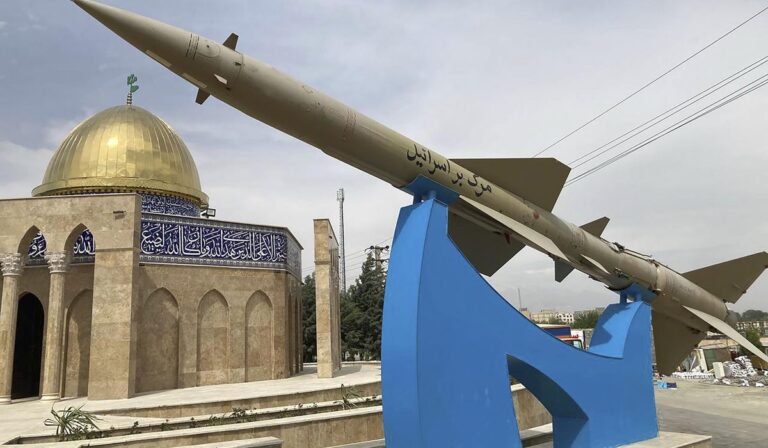Russian military deliveries to Tehran indicate the formation of a deeper defense alliance that extends beyond a situational partnership. The use of heavy transport aircraft to deliver undisclosed cargo—likely related to air defense systems or combat aviation—demonstrates the Kremlin’s intent to strengthen Iran as a key counterweight in the Persian Gulf region.
This dynamic alters the strategic balance: by gaining access to advanced Russian technologies, Iran increases its ability to resist external pressure, particularly on nuclear program oversight and influence over neighboring states through proxy groups.
For Washington, this means a loss of operational flexibility in the region. Any military or intelligence activity now encounters a more integrated defensive system strengthened by Russian technical expertise.
The growing Russia–Iran connection carries broader geopolitical meaning—it signals the emergence of a parallel military-technological sphere capable of bypassing Western sanctions and eroding their effectiveness. The transfer of complex systems such as S-400s or Su-35s not only bolsters Iranian defenses but also creates a precedent for military cooperation among sanctioned states, opening channels for dual-use technology exchange.
This process weakens long-term deterrence strategies based on controlling weapons flows and technology exports. As Iran becomes more autonomous militarily, U.S. influence in the Middle East declines, forcing Washington to operate in a less predictable environment, where any localized escalation can quickly evolve into a direct confrontation involving states seeking to change the regional status quo.
The military rapprochement between Moscow and Tehran is gradually shaping a new level of risk for U.S. policy in the Middle East. The Kremlin uses Iran not only as a trading and political partner but as a channel for building an anti-Western security system. Deliveries of strategic-class equipment, especially air-defense assets and combat aviation components, may represent a transfer of technological capabilities that complicate U.S. intelligence operations and reduce the effectiveness of aerial deterrence.
Every new interaction strengthens a mutually beneficial model in which Russia receives manufacturing and logistical support, while Iran gains the ability to leap technologically without exiting sanctions isolation. This cooperation threatens regional stability and undermines the principle of advanced weapons control that Washington seeks to uphold.
Russian supplies challenge the limits of the sanctions system, exposing its vulnerability to coordinated actions between isolated states. Over time, this could create a new, difficult-to-detect technological exchange network, resistant to traditional diplomatic or economic countermeasures. This emerging axis enhances Moscow’s regional presence while giving Iran a political shield that makes any military containment effort far more costly and risky for the United States.
Key Points
The transfer of advanced Russian weapons increases Iran’s military independence and shifts the regional balance of power. Strengthened Iranian air defense complicates U.S. and allied operations, reducing aerial superiority and allowing Tehran to act more confidently in Syria and Iraq.
Russia’s use of Iran as a tool against the West is destabilizing. The Kremlin deliberately fuels regional tensions to draw the U.S. into new instability zones. The spread of Russian military technology to states violating global non-proliferation norms undermines deterrence mechanisms and forces the U.S. into reactive, rather than strategic, policy.
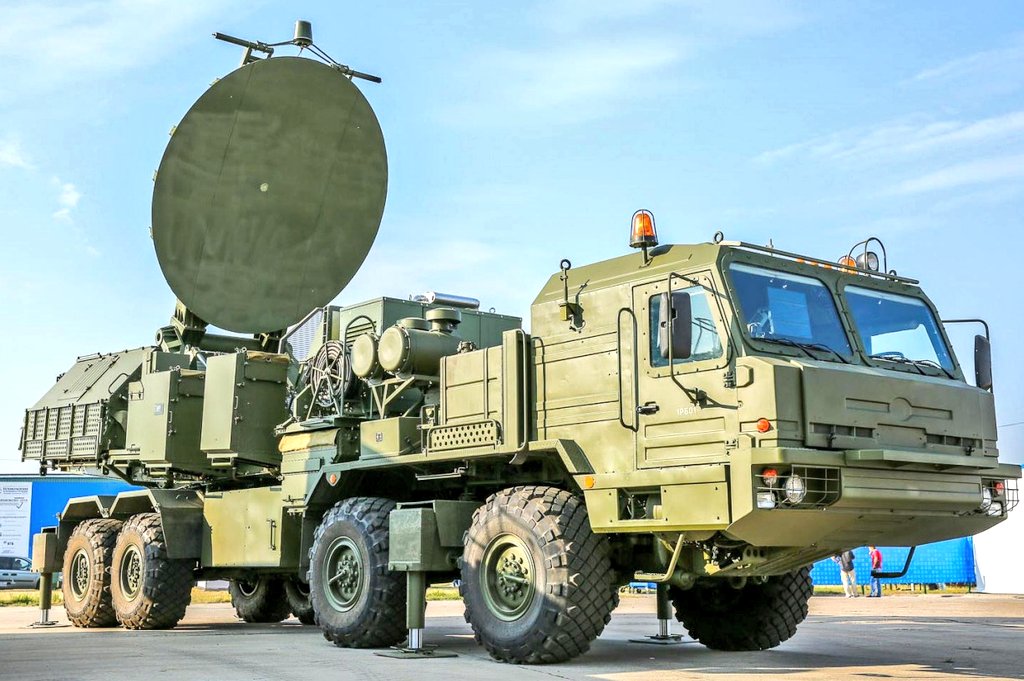
Deepening defense cooperation weakens sanctions systems. Covert transport routes and intermediaries create new opacity, complicating control over dual-use technology. This signals to other sanctioned regimes that bypassing Western restrictions is possible and beneficial. A chain of partnerships based not on ideology but on evading Western oversight begins to emerge.
- Iran, strengthened by Russian technology, gains greater capacity to influence neighbors through military presence and proxy groups in Syria, Lebanon, and Yemen. Higher-quality weaponry means any conflict will have greater scale and impact, forcing the U.S. to devote more resources to containment.
- A durable Russia–Iran defense alignment undermines decades of U.S. security strategy in the Middle East. The traditional U.S. model—based on technological superiority and control of supply chains—begins to falter. Using Iran as a testbed, Moscow shows it can break long-standing rules shaping the post-Cold War order. A new strategic reality emerges where local conflicts become elements of a broader contest for global influence.
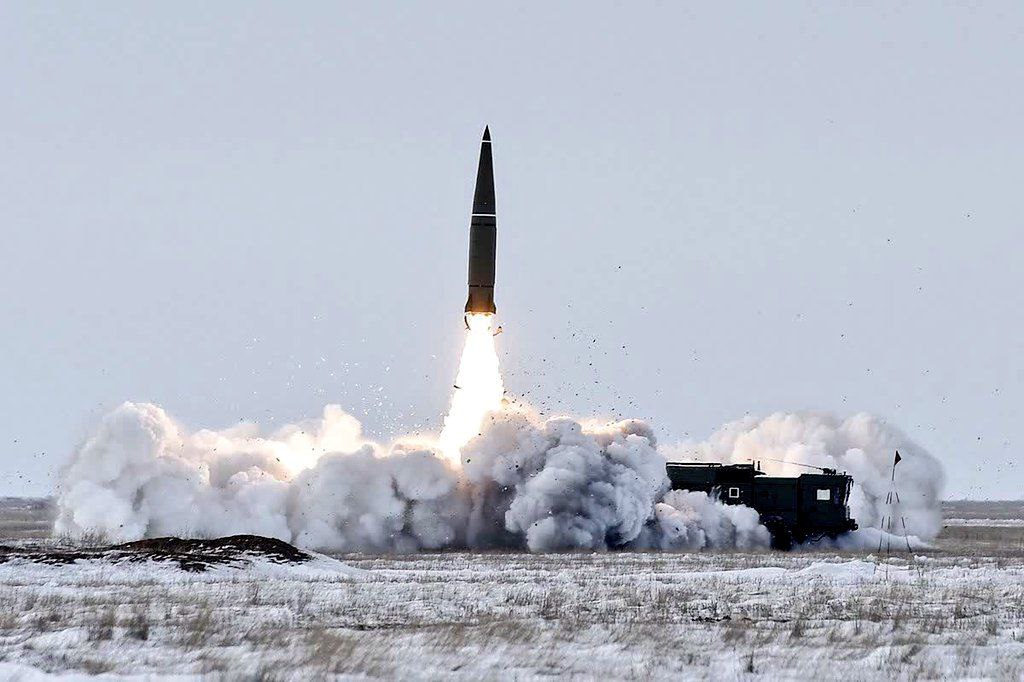

More on this story: Undoing the Agreement: How Iran and Russia Are Redefining the Nuclear Order
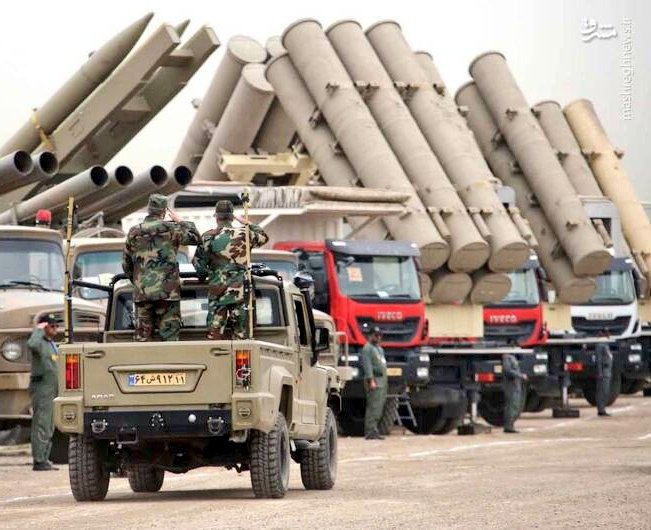
More on this story: Axis of Arms: Russia and Iran’s Expanding Shadow Trade”
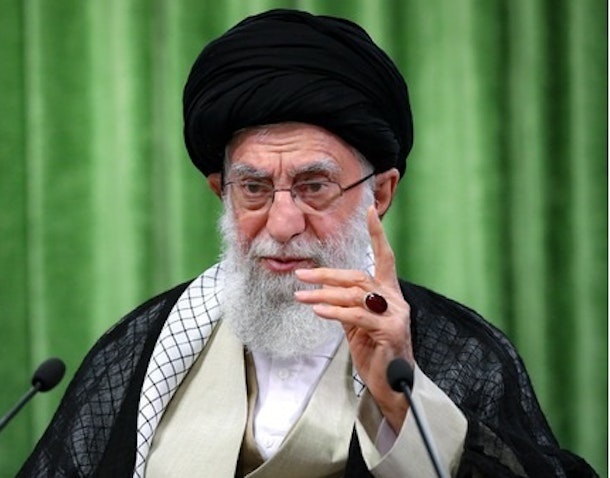
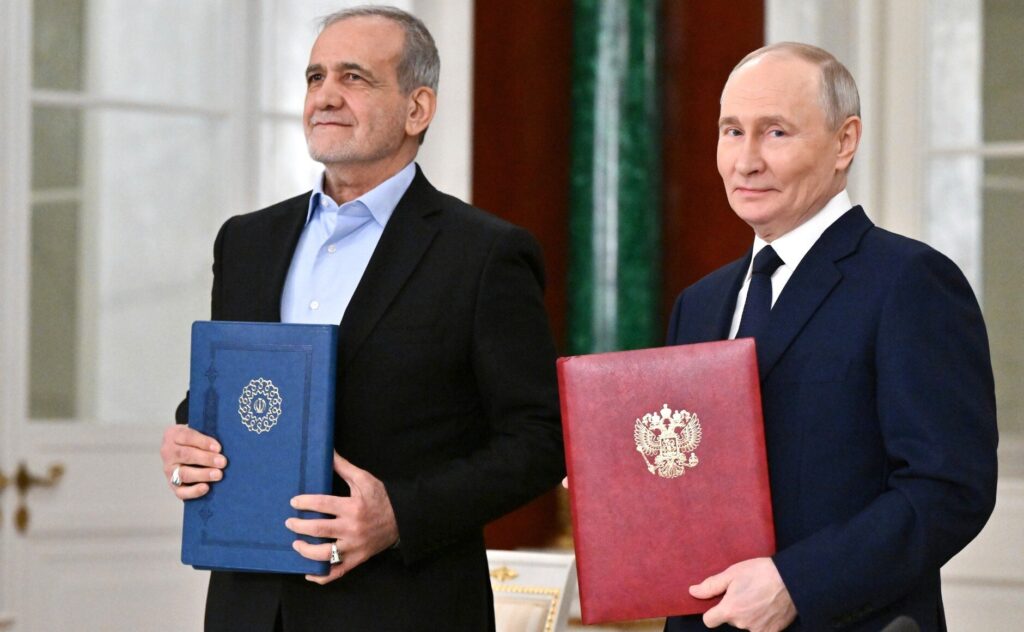
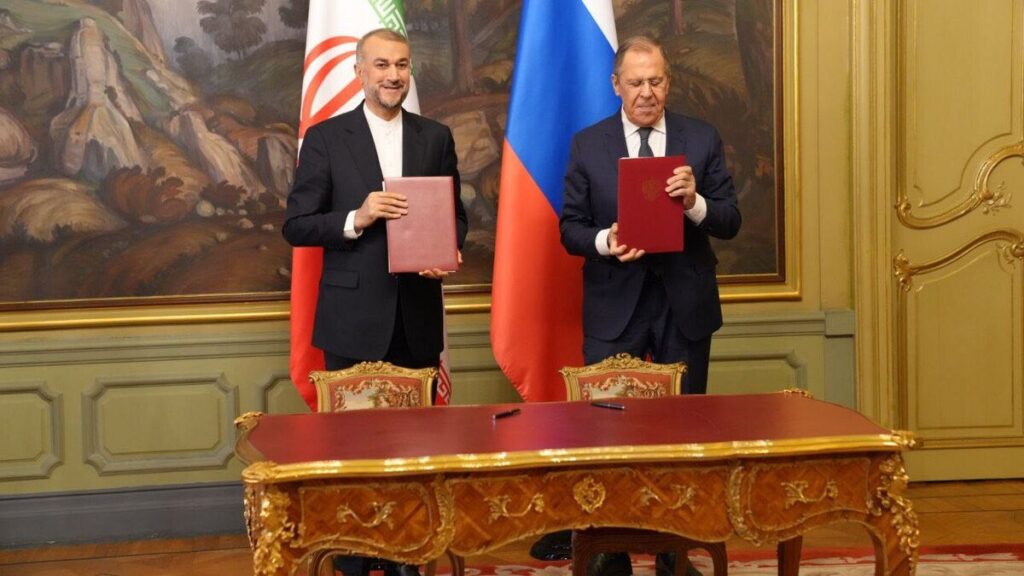
More on this story: Russia and Iran: The Limits of Strategic Partnership in the Face of Conflict
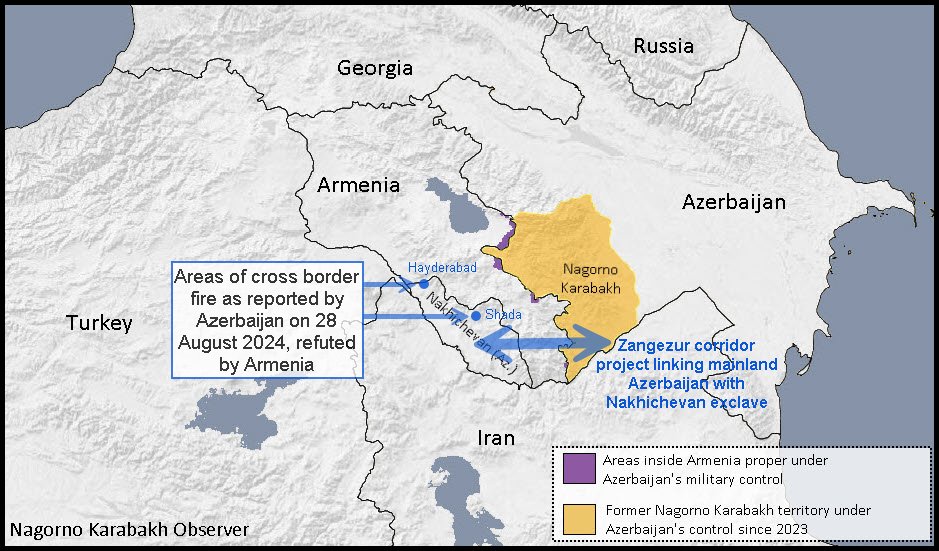
More on this story: Russia Unwilling to Defend Iran’s Interests Despite Strategic Use
